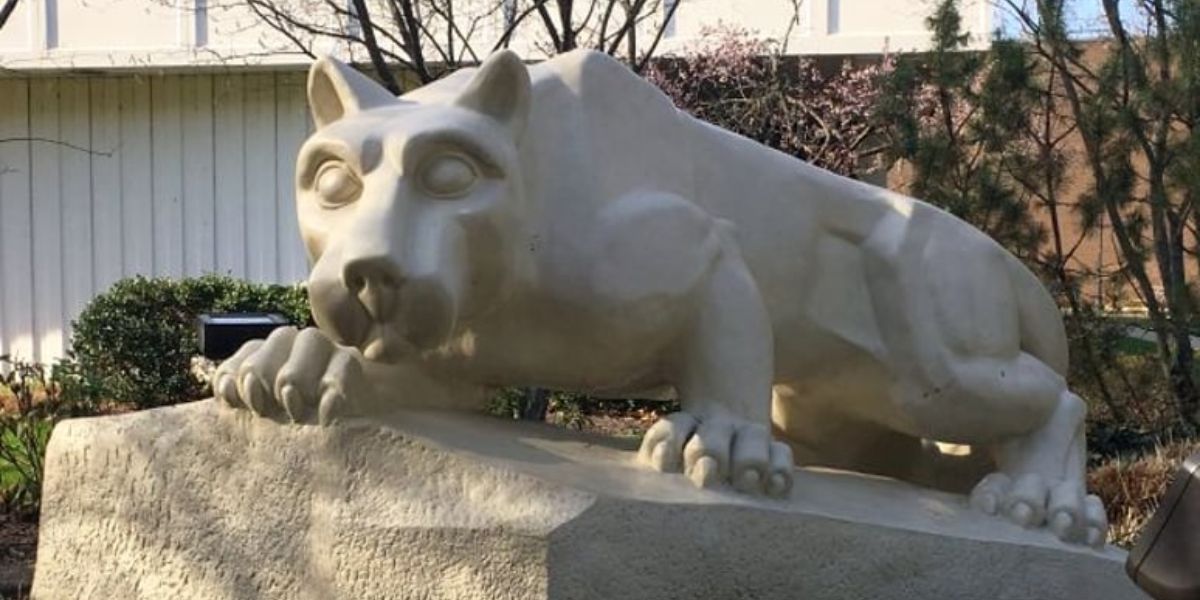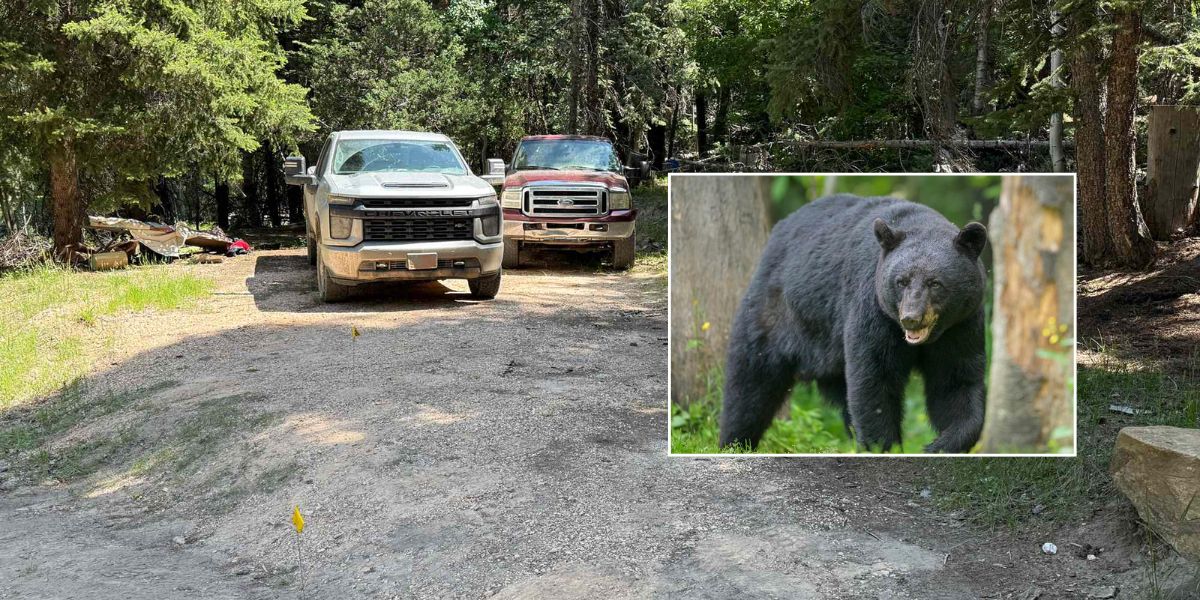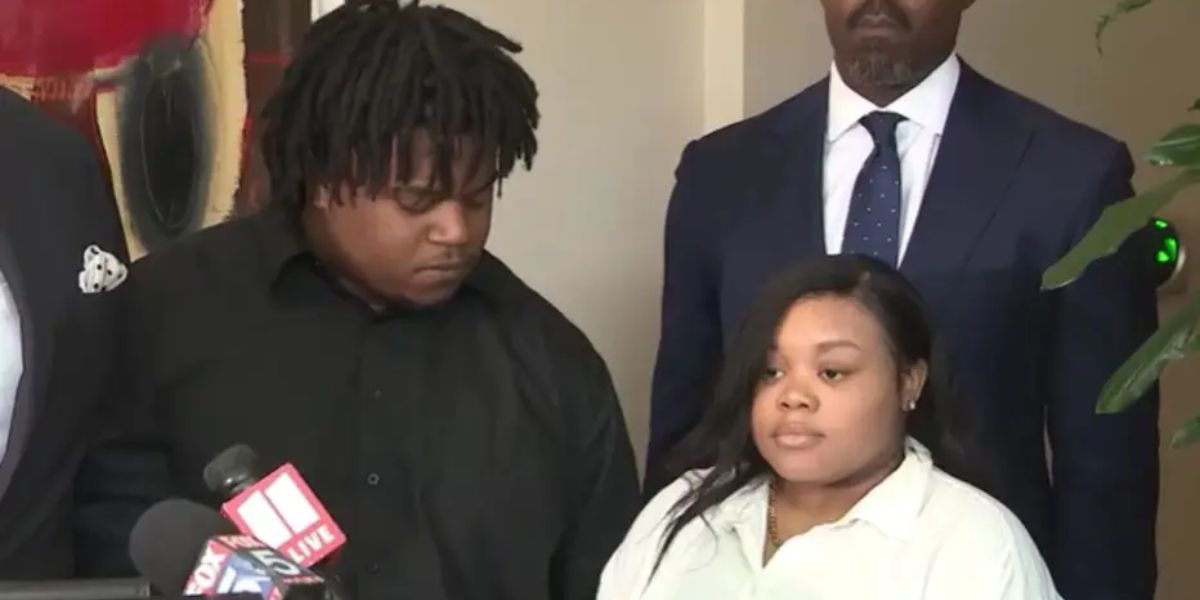The trustees of Penn State University decided to close seven of its 19 branch campuses due to financial strains, demographic changes, and dwindling enrollments, which supporters claim made the move essential.
Following hours of debate behind closed doors and a nearly two-hour public meeting that was live-streamed online on May 23, 2025, the trustees voted 25–8.
According to Penn State, despite the closures, it will still have the biggest statewide presence of any Big Ten university and land-grant university in the US.
According to Penn State data, the combined enrollment of the campuses that will close—Dubois, Fayette, Mont Alto, New Kensington, Shenango, Wilkes-Barre, and York—is just over 3,000 this year, or less than 4% of Penn State students.
The seven branch campuses that will close are among the smallest in terms of enrollment, with a total of roughly 23,000 students.
Every student who starts a degree at a closing campus will have the chance to finish their degree at Penn State, and no campus will close before the end of the 2026–2027 academic year.
“Like every other U.S. higher education institution, Penn State is navigating a difficult and complex reality due to declining birth rates and declining college enrollments nationwide,” Neeli Bendapudi, president of Penn State, stated in a livestreamed address following the trustees’ meeting.
During the Great Depression, before population declines and modern transportation, the campuses were constructed to serve a very different Pennsylvania than it does today, according to Bendapudi.
According to Bendapudi, closing the campuses will enable Penn State to be “more strategic and more forward-looking” in its land-grant mission.
Opponents cautioned that the trustees were acting without full knowledge of the most significant vote they would make as trustees, that the vote was premature, and that impacted communities had not been sufficiently consulted.
“It will be the most impactful vote we will ever make on this board.” During the meeting, trustee Anthony Lubrano stated, “It will impact this university long beyond our years.” Lubrano did not vote for it.
State lawmakers who represent regions where a campus is closing and who vote each year to send hundreds of millions of dollars to Penn State to subsidize tuition for in-state students have also been vocal in their criticism.
Don’t Miss these Stories:
- TD Bank Closures: 38 Bank Branches Set to Close by June 5 in These States
- Complaints, Lawsuits Filed Against Crematory Accused of Mishandling Remains
- Popular Renton Beach Closed Just Before Memorial Day Weekend
Former Penn State quarterback Matthew McGloin, a trustee, told his fellow trustees that although he found the decision difficult to accept, he chose to vote in favor of it because it offered a responsible course forward for the Penn State system as a whole.
In February, Bendapudi declared that an internal committee would research which campuses should be closed and recommend a course of action to the board.
According to Bendapudi, Penn State made an effort to preserve the campuses, but most branch campuses are seeing a decline in enrollment, and the populations around them are expected to continue to decline.
According to Bendapudi, smaller campuses typically attract the majority of their students from the surrounding area, so recruiting students from other areas to support those enrollments is not feasible.



